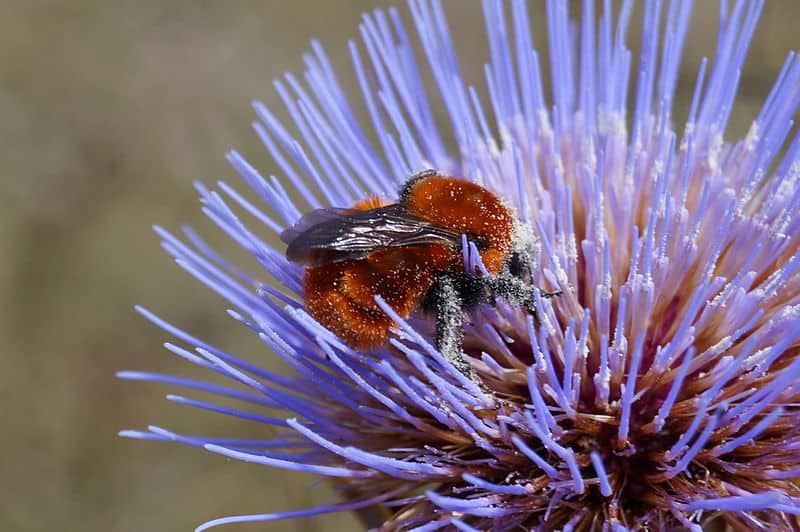
Bombus dahlbomii Facts
- This magnificent creation of Nature bears the somewhat cumbersome name of Bombus dahlbomii. Unusually, the insect currently has no common name. Due to that uncommon, though not unknown, fact, it’s referred to only by the scientific name.
- The first known official recognition of the amazing arthropod as a separate and distinct species occurred in 1835. The startling invertebrate further received that name at the hands of the respected French entomologist, Félix Édouard Guérin-Méneville.
- Quite unfortunately, though, the creature now finds itself in great danger of extinction. This seems to occur due to a specific combination of several factors. Not surprisingly, given this situation, the IUCN now lists the fabulous arthropod as Endangered.
- Originally, its known population numbers began to drastically decline following the introduction of two invasive species to its native range. Somewhat surprisingly, though, both of those introduced species are actually other types of bumblebee.
- Following that, however, the population of the intriguing bee species experienced a devastating event. This occurred due to a particularly effective pathogen. One of the two invasive bumblebee species, it seems, also introduced this microorganism.
- These separate events combined to wreak havoc with the population of the Bombus dahlbomii. But the dangers it faces don’t end there, though. It now faces the combined threats of habitat loss and the escalating effects wrought by climate change.
Related Articles
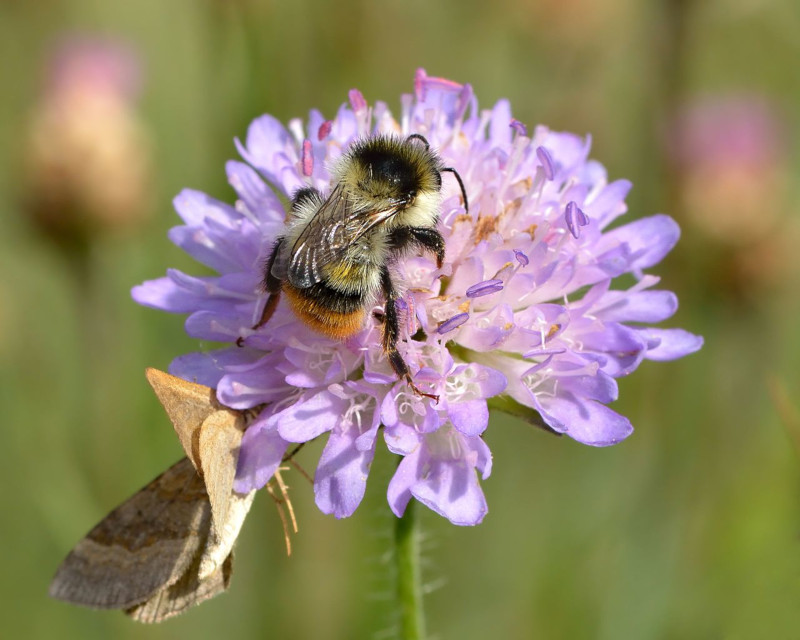
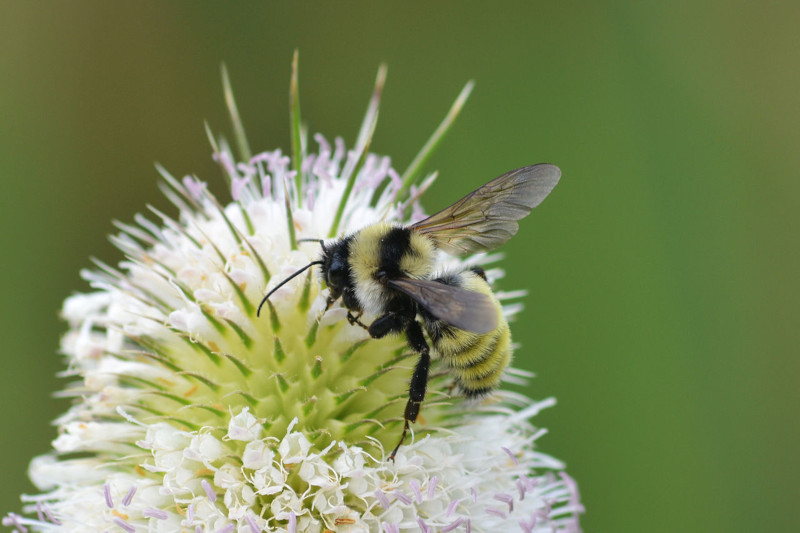

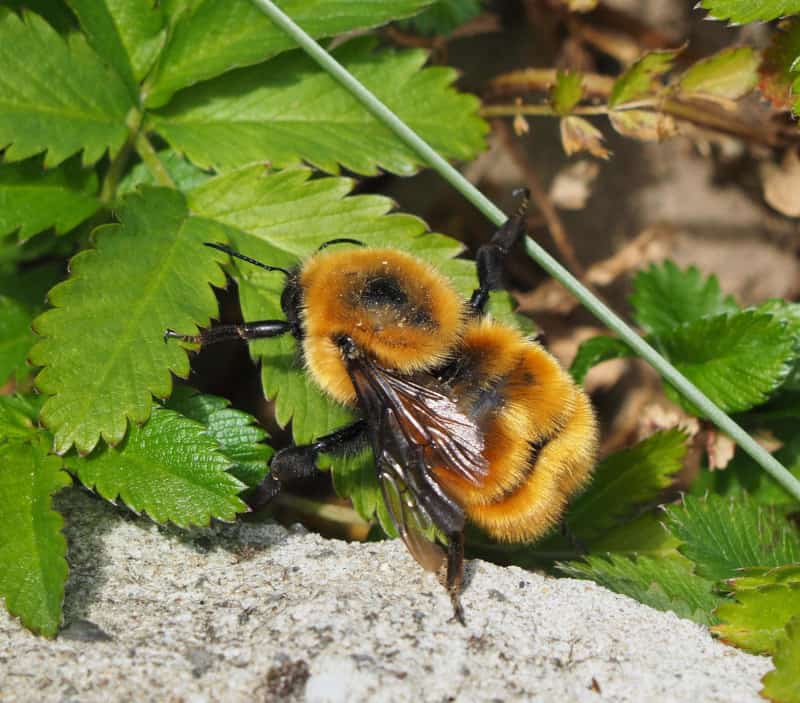
Bombus dahlbomii Physical Description
The predominant coloring of the Bombus dahlbomii remains quite striking. That’s because it primarily displays a reddish-orange color. But its abdomen typically shows a somewhat lighter shade of the same hue. The wing, leg, and head area, however, show black.
Much like related bees, that abdomen also has a rounded tip to it. It further has comparatively short antennae. The majority of the remarkable body even body has a dense covering of relatively long bristles. It therefore has a quite furry appearance.
The sheer size of this remarkable insect, though, easily remains its most notable characteristic, hence the nickname. This holds true because mature queens measure an astonishing 1.6 in (4 cm) in total length, which is an enormous measurement for its kind.
Due to these measurements, the magnificent Bombus dahlbomii easily ranks as one of the largest bees known to man. Due to its great size, along with its appearance, it has unique nickname, however. Some people in its range refer to individuals as flying mice.
- Kingdom: Animalia
- Phylum: Arthropoda
- Class: Insecta
- Order: Hymenoptera
- Family: Apidae
- Genus: Bombus
- Species: B. dahlbomii
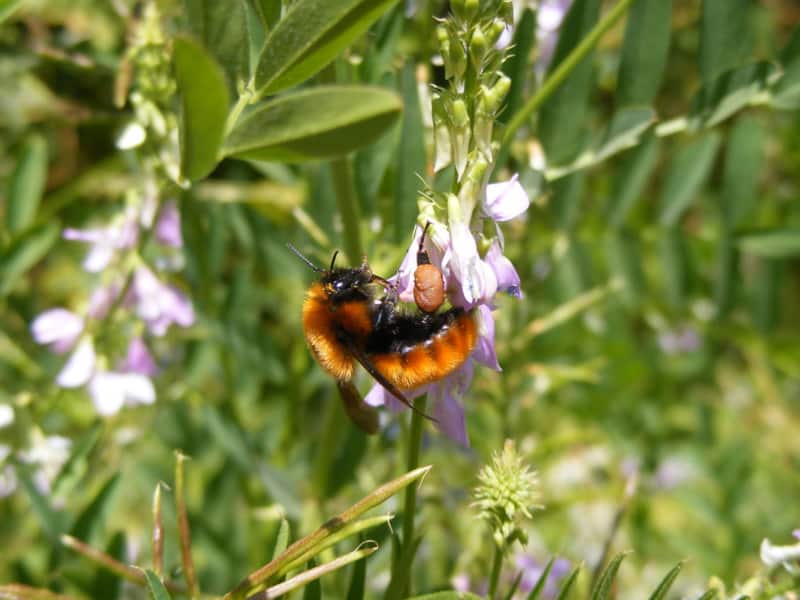
Bombus dahlbomii Distribution, Habitat, and Ecology
Most unfortunately, it appears that the marvelous Bombus dahlbomii only evolved as native to a somewhat restricted portion of the globe. That’s due to the fact that this remarkable work of evolution’s only presently known in parts of the Southern Hemisphere.
More specifically, however, that native zone of habitation seems to be limited to a small portion of the continent of South America. Even there, though, it’s range remains limited. Due to this, it lives only in Patagonia, in the southern sections of Argentina and Chile.
Even within that limited area, however, the fascinating bee only inhabits a specific environment. That further consists of the many temperate forests in the region. That’s due to the fact that it remains highly dependent on the flowering plants of the region.
Like many related invertebrates, the fascinating Bombus dahlbomii also lives as a colonial insect. The colonies of this particular insect, however, rarely become as large as some others. Typically, in fact, these colonies consist of one queen and roughly 100 workers.
Just as other types of bee, this fascinating species also feeds on the nectar and pollen of various plants. This species, though, prefers to keep its foraging patterns small, which does set it apart somewhat. It only forages long distances when local resources are scarce.
Species Sharing Its Range


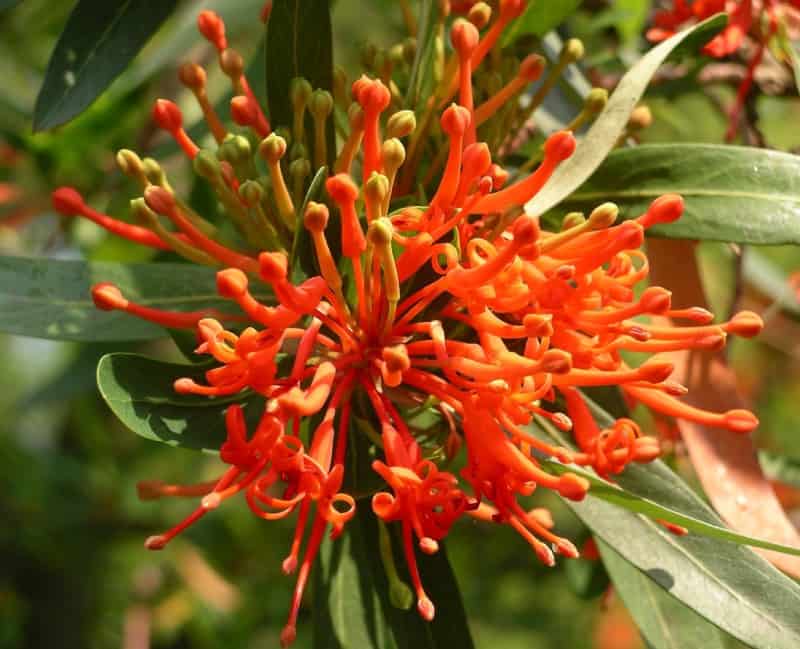
Check out our other articles on 5 Marvels of New Zealand and Australia, Miami Blue, Marine Iguana, Phoenix Plant, Southern Flannel Moth, Red Panda, Chamois, European Honey Buzzard









Leave a Reply